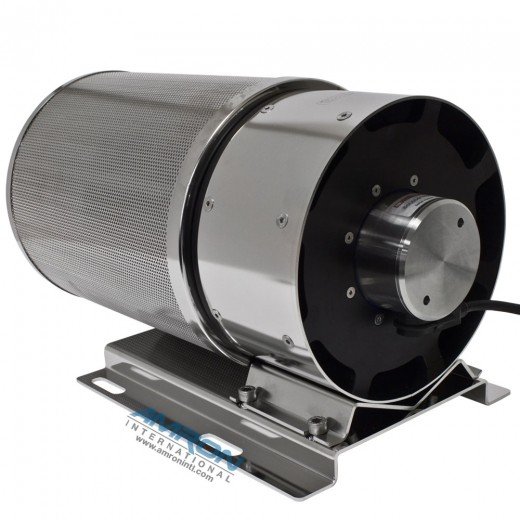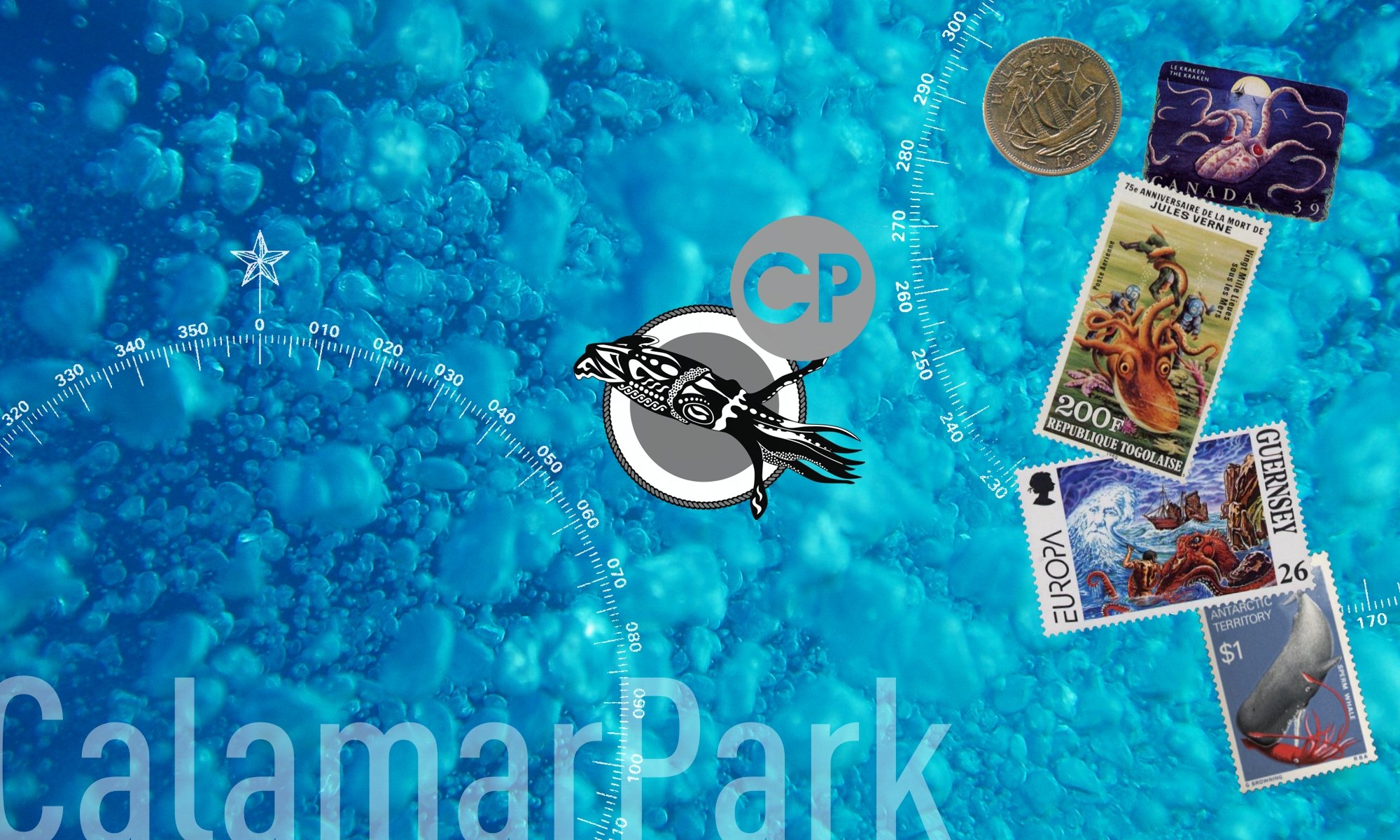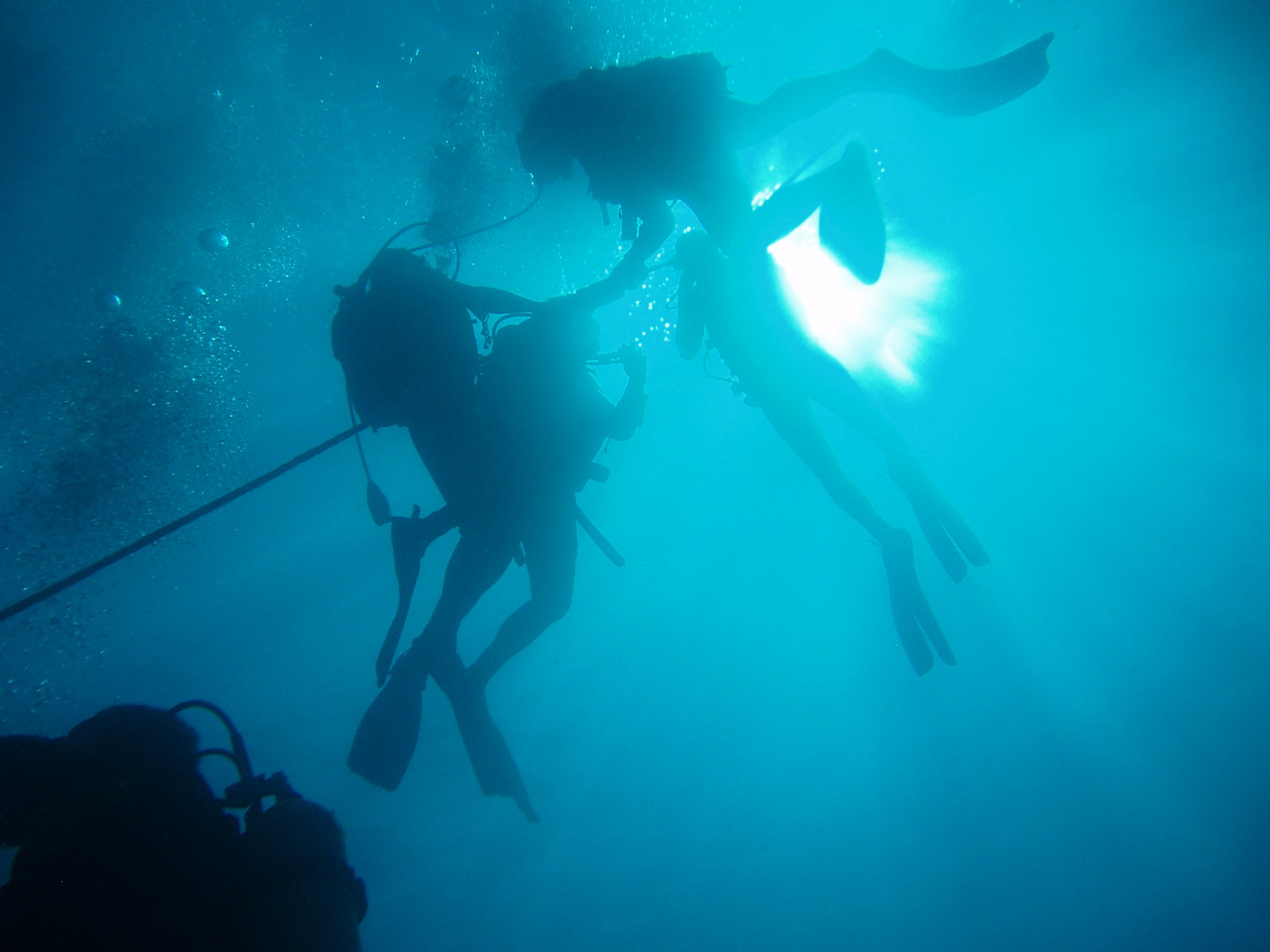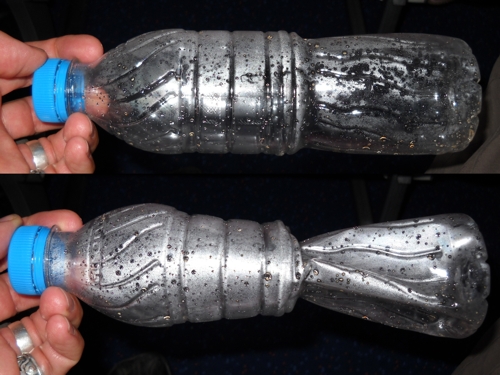 Longer stays in an underwater station require systems to filter out Carbon Dioxide (CO2) from the air that is exhaled by the aquanauts. These CO2 scrubbers generally consist of a fan that pulls air through a canister filled with Carbon Dioxide (CO2) adsorbent, such as Sodasorb or Sodalime. To get a rough idea about CO2 scrubbers and their prices visit the webpage of AMRON International.
Longer stays in an underwater station require systems to filter out Carbon Dioxide (CO2) from the air that is exhaled by the aquanauts. These CO2 scrubbers generally consist of a fan that pulls air through a canister filled with Carbon Dioxide (CO2) adsorbent, such as Sodasorb or Sodalime. To get a rough idea about CO2 scrubbers and their prices visit the webpage of AMRON International.




